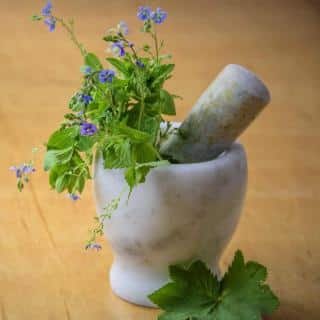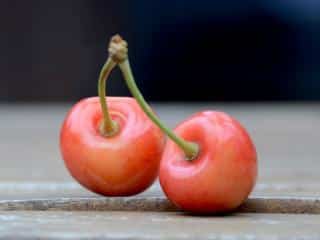

During a migraine attack, the patient feels like their head is locked in a vise since the pain is so dreadful.
Such attacks can last between 4 and 72 hours, so migraines can turn into a real handicap when daily tasks must be performed. Mostly it affects women, but all in all migraines impact 12% of Western inhabitants.
According to the WHO, this particular type of headache is the 7th most incapacitating pathology in the world. Can plants with their benefits help do away with this condition? Let’s have a look around…
Going back to the root word helps understand it: migraine comes from the ancient Greek word “mikranion” which means “pain on half the skull”. Also called cephalgia, a migraine crisis often starts just as the person wakes up. It is a particularly frequent chronic form of headache and the one suffering from it can’t do anything else.
Migraine is often a hereditary disease and appears anytime within ages 10 and 40. Although certain factors like the menstrual cycle, food allergies, quick shifts in surrounding temperatures or lack of sleep seem to sometimes act as triggers, the real causes are as of yet not completely understood.
Apart from headache, migraine symptoms also involve nausea, vomiting, increased sensitivity to light and sound. These symptoms are related to the headache and are usually exacerbated after physical activity.
Definitely incapacitating, migraine seems to stem from genetic factors (in two of three cases) and environmental factors. When it appears daily, such a particular type of cephalgia is one of the most invalidating afflictions and considerably diminishes the patient’s quality of life. It is classified as one of the topmost 10 diseases, especially as concerns women.
Apart from medical treatments that sometimes work preventively, as do those of non-conventional therapies, are there other ways to treat migraines?

Today, many persons support the claims of treating the body with plants. From there, benefits of herbal medicine on health on a day-to-day basis has been the topic of much research, including dealing with migraine. What exactly is all this about?
The benefits of plants that soothe migraine attacks for a patient work in different ways, and tips on how to use them differ, too. Let’s have a look at the best ones.
To soothe your migraines,
 Sold in pharmacies or in organic lifestyle stores, cherry stem infusions must be drunk after having been steeped for 5 minutes. If possible, you can also pick cherries from the tree and set the stems aside for later. Again, steep them for 5 minutes. An amount of 4 table spoons should be just right for ½ quart (½ liter) boiling water. Let the herbal tea cool off a bit before drinking it.
Sold in pharmacies or in organic lifestyle stores, cherry stem infusions must be drunk after having been steeped for 5 minutes. If possible, you can also pick cherries from the tree and set the stems aside for later. Again, steep them for 5 minutes. An amount of 4 table spoons should be just right for ½ quart (½ liter) boiling water. Let the herbal tea cool off a bit before drinking it.These few lines present plants that have acknowledged beneficial properties in the treatment of migraines, but of course, there are more!